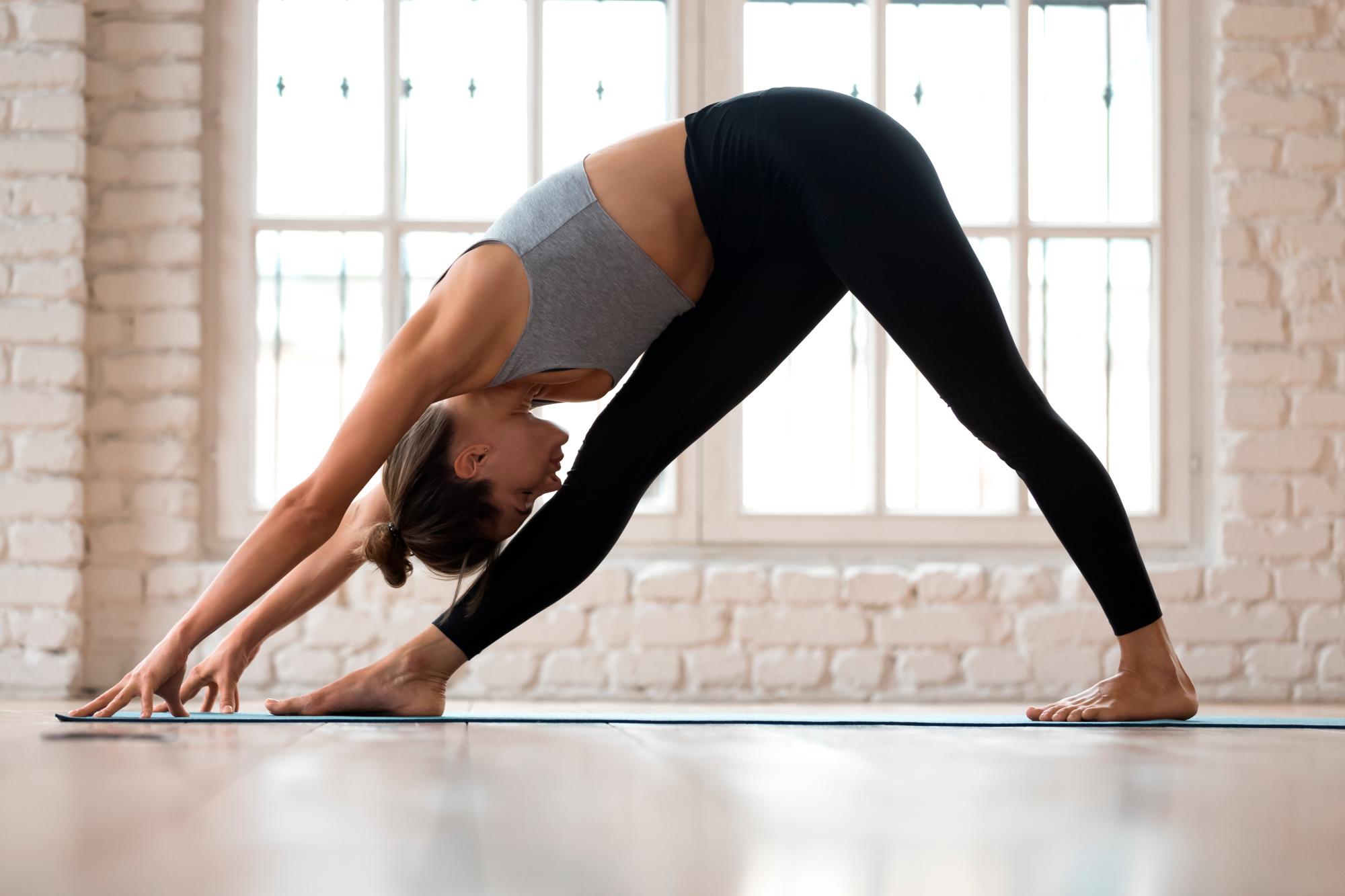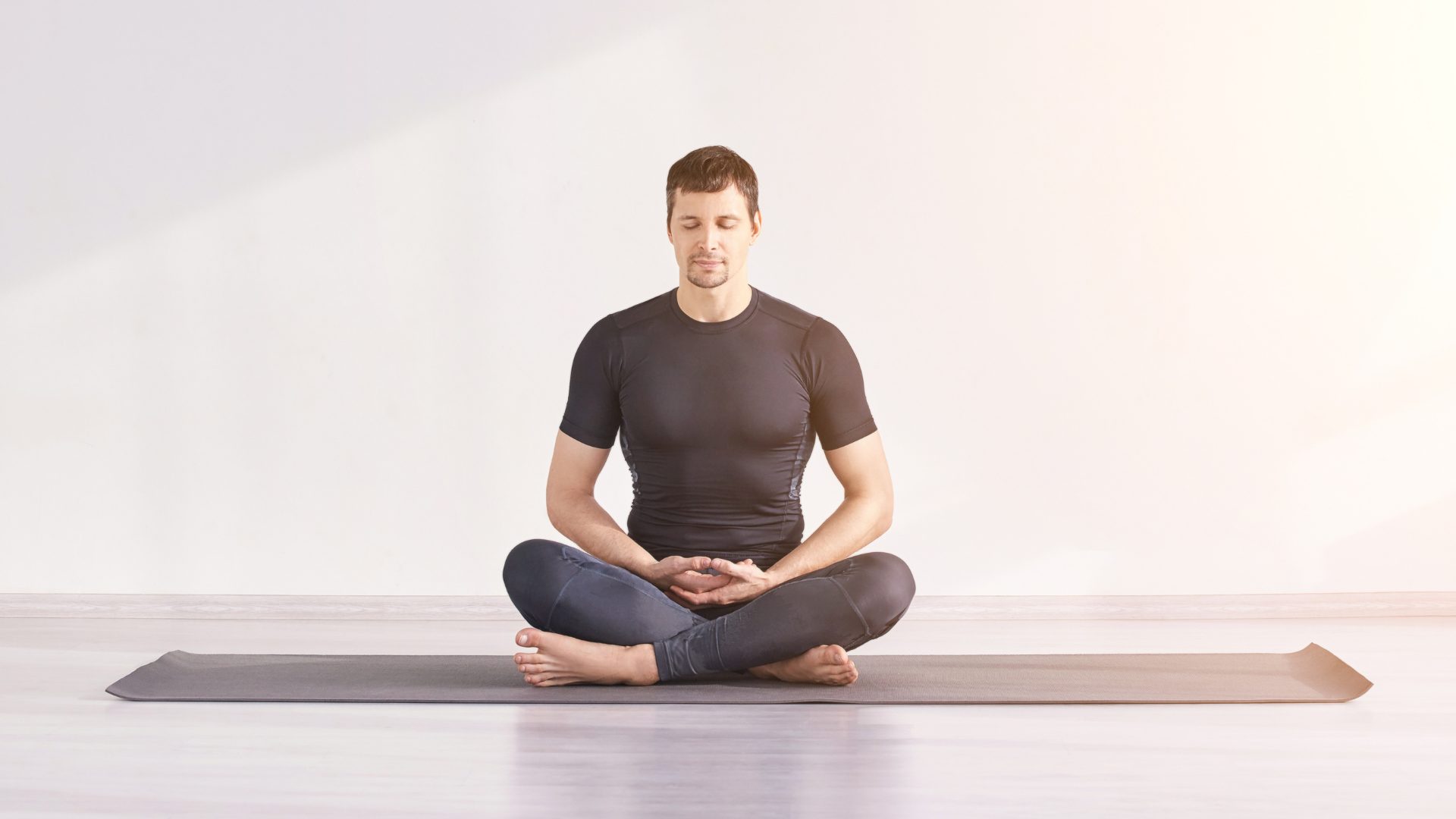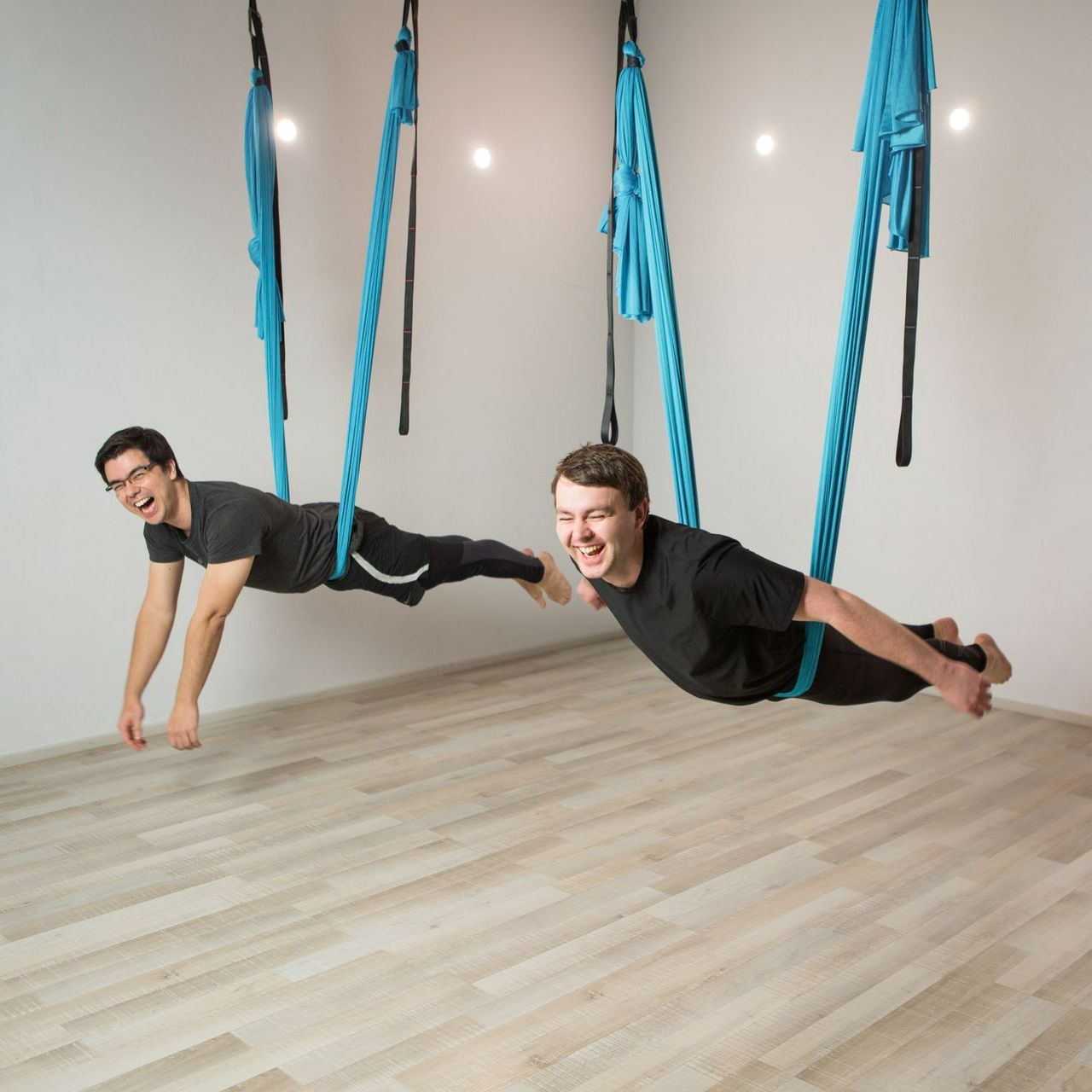I. Introduction

A. Recognizing the benefits of practicing yoga when feeling unwell When you’re feeling unwell, whether it’s due to a physical ailment or emotional distress, practicing yoga can offer a multitude of benefits. From promoting relaxation and reducing stress to improving circulation and boosting your mood, gentle yoga poses can help alleviate discomfort and promote healing. However, it’s important to modify your practice to suit your condition and avoid any strain or exacerbation of symptoms.
B. Importance of modifying the practice to suit your condition While yoga is known for its versatility and adaptability, it’s crucial to modify the practice based on your specific needs and limitations. If you’re experiencing physical discomfort, certain poses may need to be modified or avoided altogether. Additionally, if you’re dealing with emotional distress, focusing on restorative poses and gentle movements can help calm the mind and provide a safe space for emotional release.
C. Overview of the article’s content In this article, we will explore a range of gentle yoga poses that can provide physical comfort and aid in the healing process. These poses are specifically chosen for their soothing and gentle nature, making them suitable for individuals who are feeling unwell. We will cover restorative poses for relaxation and gentle stretching, twists for detoxification and release, and backbends for opening and energizing. By incorporating these poses into your practice, you can support your body’s healing process and promote overall well-being.
II. Gentle Yoga Poses for Physical Comfort
A. Restorative Poses for Soothing Body and Mind
- Supported Child’s Pose for relaxation and gentle stretching Child’s pose is a restful pose that allows for deep relaxation and gentle stretching. By using props such as bolsters or blankets, you can create additional support and comfort. This pose helps release tension in the back and shoulders, promoting a sense of calm and relaxation.
- Legs-Up-The-Wall Pose to promote circulation and relieve congestion Legs-Up-The-Wall Pose, also known as Viparita Karani, is a simple yet effective pose for promoting circulation and relieving congestion. By elevating the legs and allowing gravity to assist in the movement of blood and lymphatic fluids, this pose can be incredibly rejuvenating and soothing for the body.
B. Gentle Twists for Detoxification and Release
- Supine Spinal Twist to aid digestion and relieve tension Supine Spinal Twist is a gentle twist that aids in digestion and relieves tension in the lower back and hips. This pose helps stimulate the digestive system and can provide relief from any discomfort or bloating. It also promotes a gentle release of tension in the spine and promotes relaxation.
- Seated Twist for gentle spinal rotation and detoxification Seated Twist is a gentle pose that provides a stretch and twist to the spine. By rotating the torso and engaging the core, this pose stimulates digestion and detoxification. It also helps release tension in the back and shoulders, promoting a sense of calm and ease.
C. Gentle Backbends for Opening and Energizing

- Sphinx Pose to alleviate tension in the upper body Sphinx Pose is a gentle backbend that alleviates tension in the upper body. By gently lifting the chest and creating space in the spine, this pose helps open the heart and improve posture. It can also relieve stress and promote relaxation.
- Supported Bridge Pose for gentle rejuvenation Supported Bridge Pose is a restorative backbend that provides gentle rejuvenation to the body and mind. By using props such as blocks or bolsters, you can create support and stability in the pose. This allows for a gentle opening of the chest and hips, promoting a sense of renewal and calm.
III. Breathwork and Meditation for Mental Equanimity
A. Pranayama Techniques for Clearing and Calming
Pranayama, the practice of breath control, can be incredibly beneficial when you’re feeling sick. These techniques help to clear the mind, reduce stress, and promote a sense of calm and relaxation.
- Alternate Nostril Breathing to balance and relax the mind: This pranayama technique involves alternating the flow of breath between the left and right nostrils. It helps to harmonize the energy in the body and bring a sense of balance and clarity to the mind.
- Kapalabhati Pranayama for a rejuvenating boost and mental clarity: Kapalabhati pranayama, also known as “skull shining breath,” involves rapidly exhaling and gently inhaling while focusing on the abdomen. This energizing breathwork technique helps to invigorate the body and mind, promoting mental clarity and revitalization.
B. Mindfulness Meditation for Stress Relief and Inner Calm

When you’re sick, the mind can be overwhelmed with stress, worry, and discomfort. Mindfulness meditation techniques can help to alleviate these mental burdens and cultivate a sense of peace and inner calm.
- Body Scan Meditation to bring awareness and relaxation to the body: This meditation technique involves systematically scanning the body from head to toe, bringing mindful attention to each part, and releasing any tension or discomfort. It helps to create a deep sense of relaxation and promotes a connection between the mind and body.
- Loving-Kindness Meditation to cultivate compassion and positivity: This meditation practice involves directing wishes of love, kindness, and well-being towards oneself and others. It helps to generate feelings of compassion, positivity, and interconnectedness, promoting emotional well-being even when feeling under the weather.
IV. Listening to Your Body: Adjusting Intensity and Duration
When you’re sick, it’s essential to pay attention to your body’s signals and adjust your yoga practice accordingly. This means modifying poses and sequences to accommodate your energy levels and practicing self-compassion.
A. Modifying Poses and Sequences to Accommodate Energy Levels
- Taking restorative variations or using props for support: Instead of engaging in intense and challenging poses, opt for gentle, restorative variations that allow the body to relax and restore. Use blankets, bolsters, or pillows to support the body in poses and provide comfort.
- Shortening the duration of the practice to prevent overexertion: When sick, it may be beneficial to shorten the duration of your yoga practice. Listen to your body and gauge how much time feels appropriate. It’s better to have a shorter, gentle practice than to push yourself too hard and risk prolonging your recovery.
B. Paying Attention to Sensations and Limitations
- Honoring your body’s signals and adapting the practice accordingly: Respect any discomfort or pain you may feel and modify or skip poses that don’t feel right. Be gentle and attentive to your body, making modifications as needed to ensure a safe and nurturing practice.
- Embracing self-compassion and practicing non-judgment: Let go of any expectations or judgments about your practice. Remember that the goal is to support your well-being and promote healing. Practice self-compassion by accepting where you are and honoring your body’s needs.
V. Hydration and Self-Care Practices for Faster Recovery

When you’re sick, taking care of your body’s basic needs is crucial for a quicker recovery. Hydration and self-care practices play a significant role in supporting your immune system and nurturing your overall well-being.
A. Staying Hydrated for Optimal Body Functioning
Ensure you’re drinking plenty of fluids to support your immune system and aid in detoxification. Opt for water, herbal teas, and natural electrolyte-rich beverages to keep your body hydrated and functioning optimally.
B. Rest and Self-Care Tips for Enhancing Healing
- Prioritizing ample rest and sleep for speedy recovery: Give yourself permission to rest and prioritize sleep. Allow your body the time it needs to heal and recharge. Napping throughout the day, going to bed earlier, and creating a soothing sleep environment can all contribute to enhanced healing.
- Nourishing the body through nutritious meals, warm teas, and self-care practices: Focus on nourishing your body with nutrient-rich food that supports your immune system, such as fruits, vegetables, and immune-boosting herbs and spices. Additionally, indulge in warm and comforting teas, take relaxing baths, practice gentle self-massage, and engage in activities that promote relaxation and healing.
VI. Conclusion
When you’re sick, practicing yoga with a modified approach can support your physical and mental well-being. Incorporating gentle yoga poses, breathwork, and meditation techniques can provide physical comfort and mental equanimity. Adjusting the intensity and duration of your yoga practice, listening to your body’s signals, and practicing self-compassion are crucial during this time. Prioritizing hydration, rest, and self-care practices can also contribute to faster recovery. Remember to honor your body’s needs, be gentle with yourself, and trust in the healing power of yoga and self-care.

